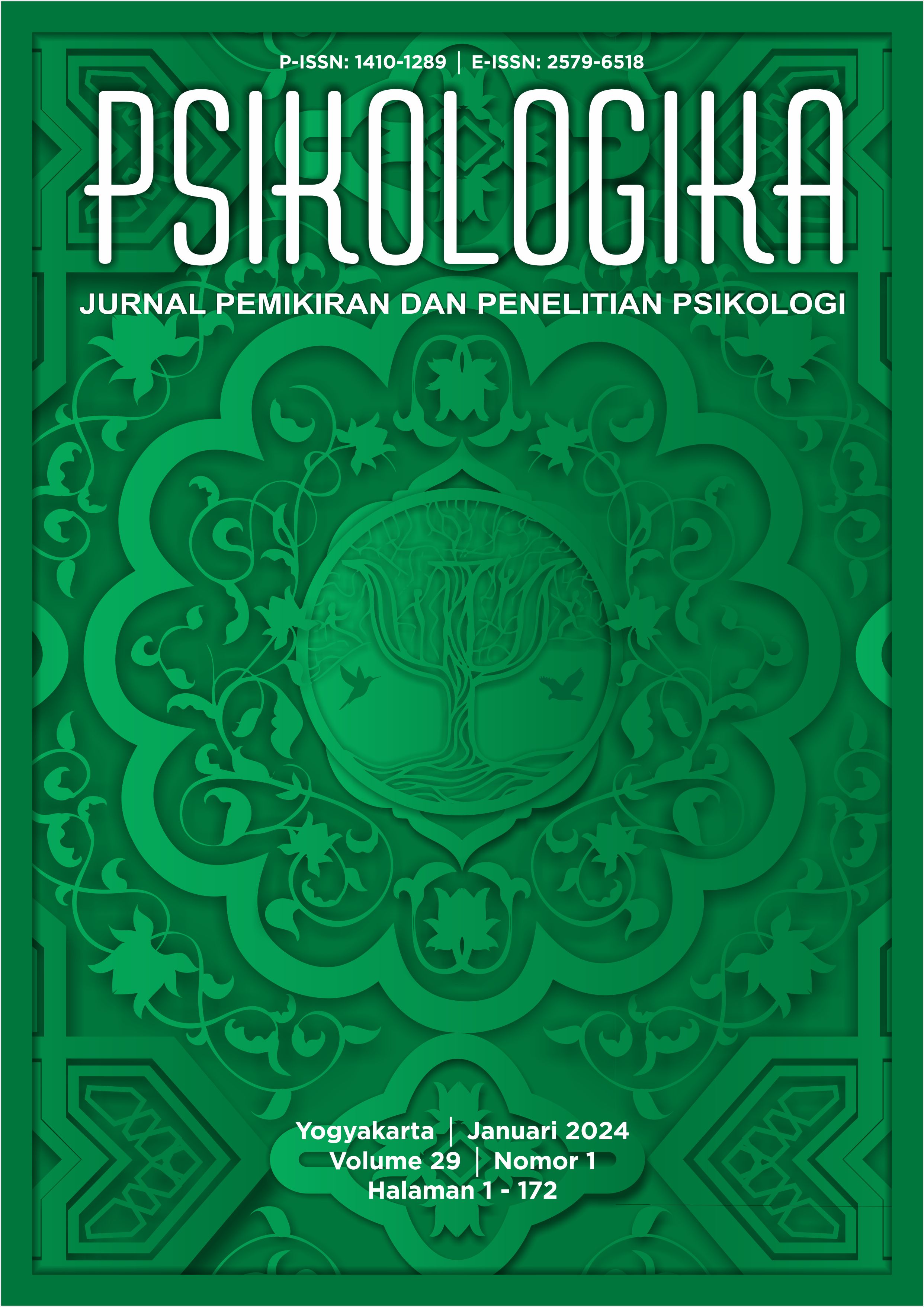Main Article Content
Abstract
High school students are in the process of discovering their self-awareness. However, at this age, many high school students face confusion in making decisions about their vocational interest at their school, choosing between natural and social sciences. In response, the Eureka Interest Inventory (EII) was introduced and developed to assist students in measuring their vocational interests and abilities related to work activities based on the RIASEC Holland model. Therefore, the present study aims to assess the structural validity of the RIASEC Holland model among high school students and to determine any differences in validity based on gender and academic major. The sample population comprised 1609 high school students aged 17-19 years old. The validity of the measurement tool was evaluated using The Randomization Test of hypothesized Order Relations (RTOR) and analyzed using RStudio software. Additionally, the study used the Multidimensional Scalling (MDS) technique to describe the position of each RIASEC Holland personality type in graphical form. The results showed that the RIASEC Holland model has a good fit with the observed data. Additionally, no significant variations were observed in the fit of the model between male and female students, as well as between students majoring in natural and social sciences.
Keywords
Article Details
Copyright (c) 2024 Cucu Taqyah, Ardhito Faza Akhnaf, Khairunnisa Syafira Dumbi

This work is licensed under a Creative Commons Attribution-ShareAlike 4.0 International License.
Authors who publish with this journal agree to the following terms:
- Authors retain copyright and grant the journal right of first publication with the work simultaneously licensed under a Creative Commons Attribution-ShareAlike 4.0 International License that allows others to share the work with an acknowledgment of the work's authorship and initial publication in this journal.
- Authors are able to enter into separate, additional contractual arrangements for the non-exclusive distribution of the journal's published version of the work (e.g., post it to an institutional repository or publish it in a book), with an acknowledgment of its initial publication in this journal.
- Authors are permitted and encouraged to post their work online (e.g., in institutional repositories or on their website) prior to and during the submission process, as it can lead to productive exchanges, as well as earlier and greater citation of published work (See The Effect of Open Access).




